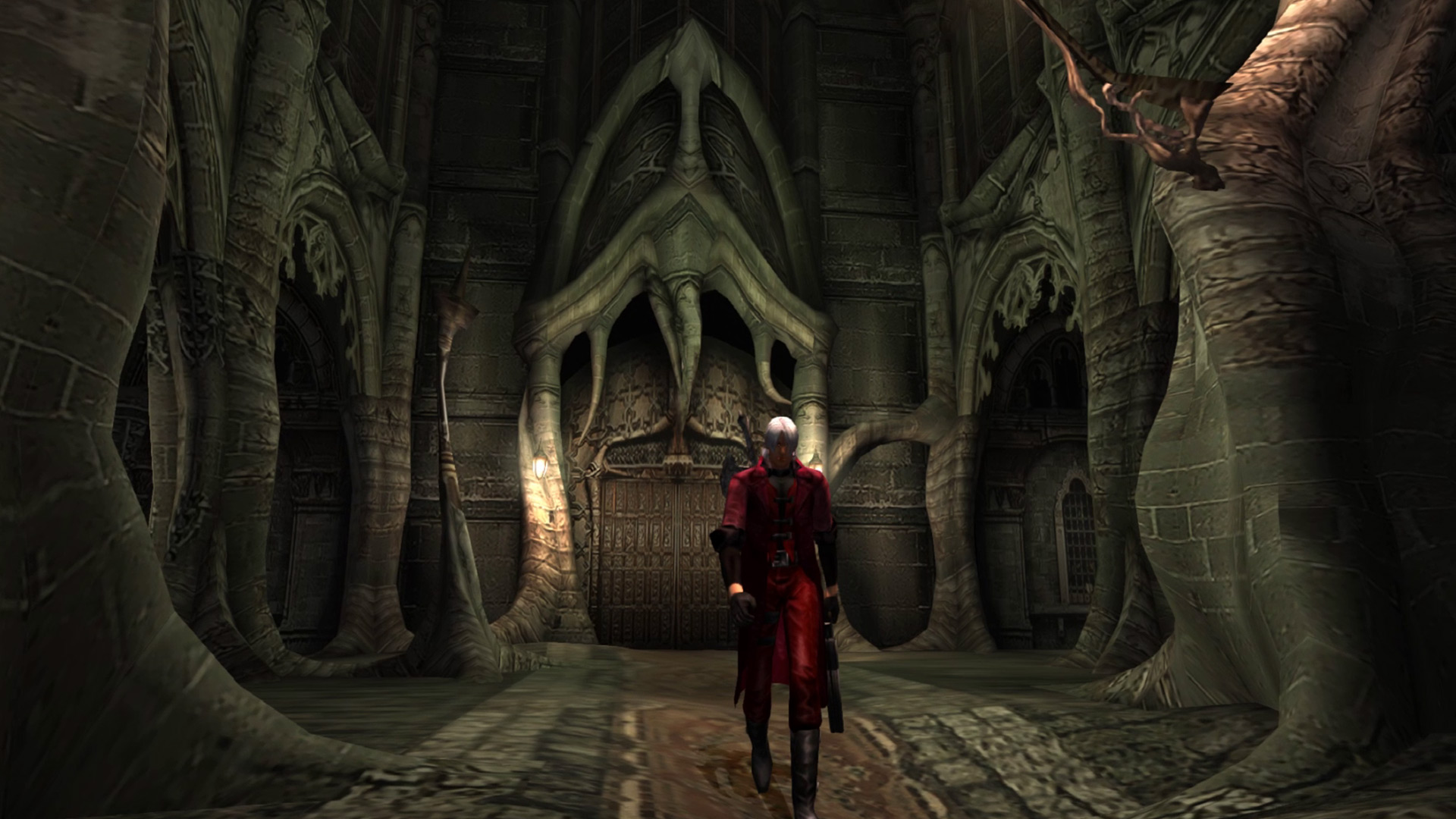
Posts that could cause physical danger to any parties are not allowed. Unrelated discussions about personal, political or other beliefs should be taken elsewhere.
Devil may cry hd collection g2a series#
Posts with no relation to the series will be removed. The title or text is not enough to make an otherwise unrelated post related, and quotes do not count either. Posts must contain elements from or directly related to Devil May Cry, including images and video. Personal issues with other users should be handled privately. Language that is accusatory, inflammatory, inciting harassment, or threatening in nature does not have a place here. The use of mental health terms as insults or in a derogatory manner is not allowed. PiracyĪttempts to promote or request piracy on available media will be removed. Bigotry and Relatedīigotry, homophobia, racism, sexism, etc. If you're absolutely crazy about it, please subscribe! Rules 1. Contact the Department’s Environmental Services Section for further information.Where we celebrate the Devil May Cry series. (4) Numerous perennial spring-fed reaches of named and unnamed streams south of the Arkansas River within Barber, Clark, Comanche, Cowley, Harper, Kingman, Kiowa, Meade, Pratt, Reno, Rice, Sedgwick, Seward and Stafford counties. 1-T33S-R25E) to where it crosses SE Lostine Road (Sec. (3) That reach of the main stem Spring River from the Kansas-Missouri border (Sec. 19-T28S-R4W) to the confluence with the North Fork Ninnescah River (Sec. (2) The main stem of the South Fork Ninnescah River on the Sedgwick/Kingman County line (Sec. 31-T24S-R10W) to its confluence with South Fork Ninnescah River in Sedgwick County (Sec. (1) The main stem of the North Fork Ninnescah River on the Stafford/Reno County line (Sec. Currently, the following areas are designated critical for Arkansas Darter: DESIGNATED CRITICAL HABITATSĪs defined by Kansas Administrative Regulations, critical habitats include those areas documented as currently supporting self-sustaining population(s) of any threatened or endangered species of wildlife as well as those areas determined by the Kansas Department of Wildlife, Parks and Tourism to be essential for the conservation of any threatened or endangered species of wildlife. Department personnel can then advise the project sponsor on permit requirements. Any time an eligible project is proposed that will impact the species’ preferred habitats within its probable range, the project sponsor must contact the Ecological Services Section, Kansas Department of Wildlife Parks and Tourism, 512 SE 25th Ave., Pratt, Kansas 67124-8174. SPECIES PROTECTION AND CRITICAL HABITATS:Īrkansas Darters are protected by the Kansas Nongame and Endangered Species Conservation Act and administrative regulations applicable thereto. Kansas constitutes the Arkansas Darter’s primary range. The darter’s range extends into eastern Colorado, southwestern Missouri, northeastern Arkansas and northcentral Oklahoma where local populations occur. Viable populations of Arkansas Darters are currently known only in suitable streams south of the Arkansas River in southcentral Kansas and in Spring River drainage in Cherokee County. Because of its specialized habitat requirements, this darter is localized within its range but may be quite common where it does occur.

The fish are almost invariably associated with vegetative cover in spring-fed channels and generally are found in near-shore areas away from swift currents. During spawning, males are a colorful orange along their lower abdomen.Īrkansas Darters prefer shallow, clear, spring-fed tributary and headwater streams having sand or sandy-gravel substrates. They are olivaceous brown above and yellowish white below with six to nine indistinct dusky saddles over the back.

Reaching a maximum size of 2.5 inches, the Arkansas Darter is a stout-bodied member of the perch family.


 0 kommentar(er)
0 kommentar(er)
